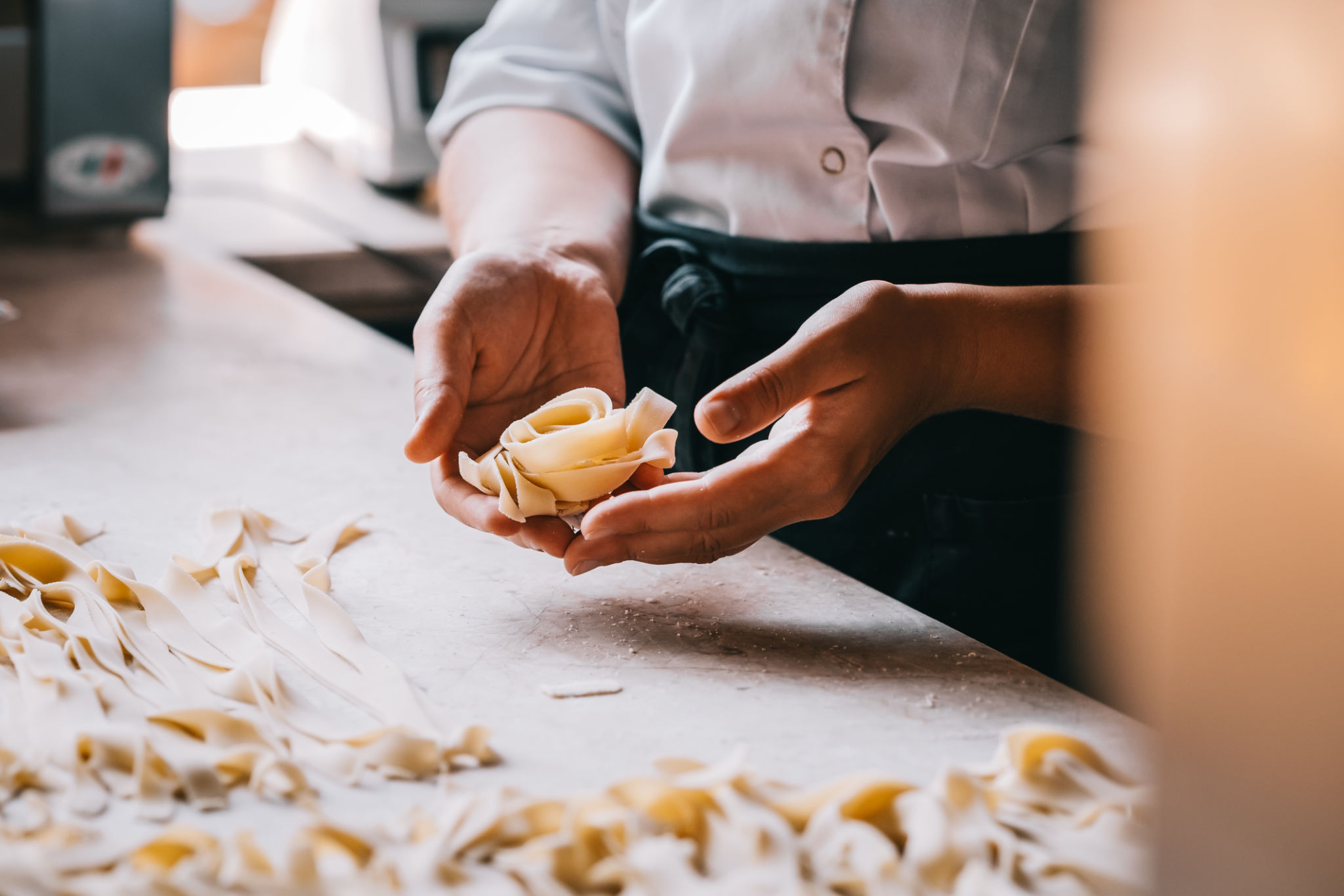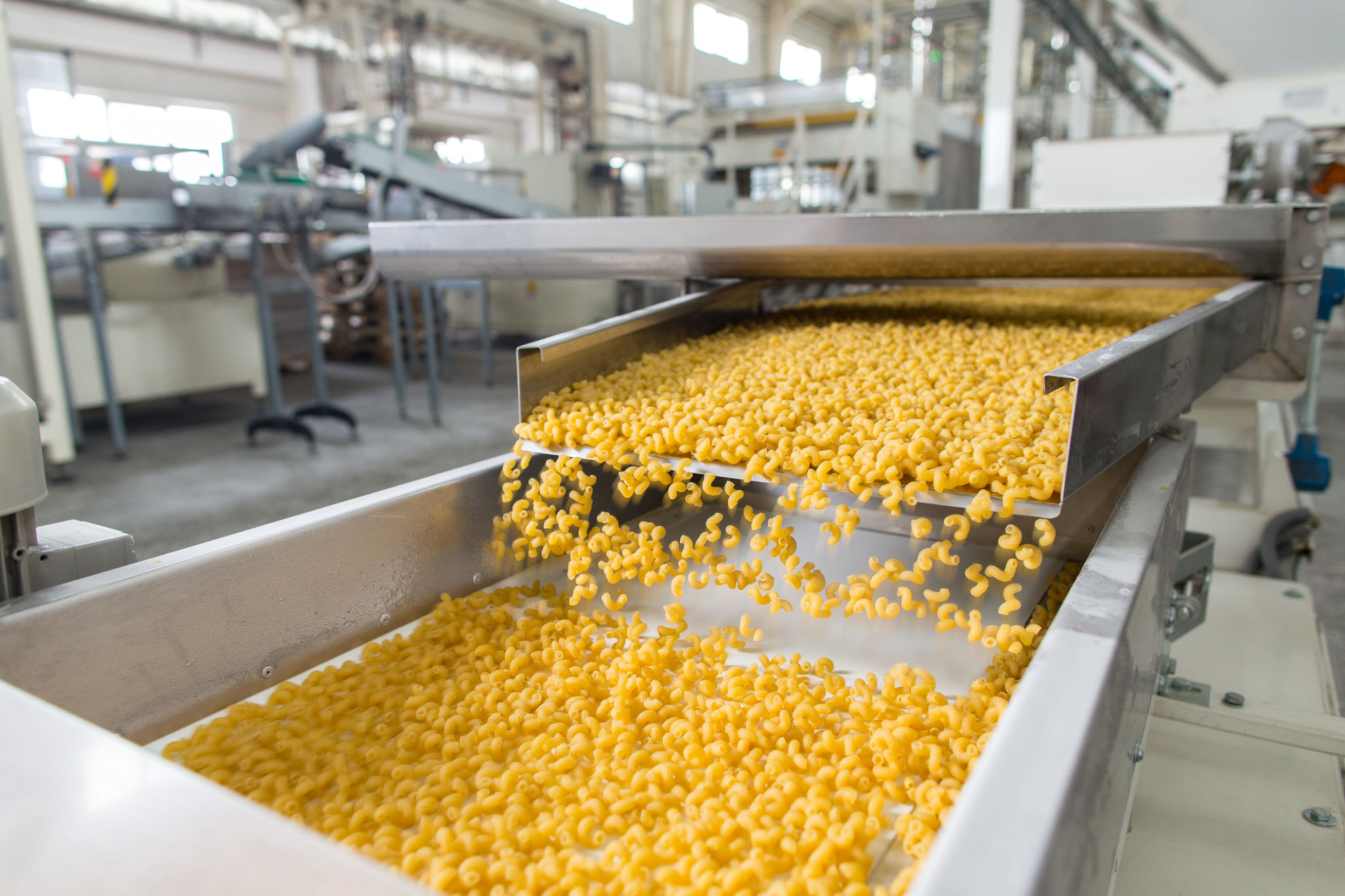The Future of Pasta Making: Trends and Innovations in the Industry
The Evolution of Pasta Making
The art of pasta making has been a cherished tradition for centuries, deeply rooted in Italian culture and cuisine. However, as technology advances and consumer preferences evolve, the industry is experiencing a wave of trends and innovations that are transforming how pasta is made and enjoyed. From sustainable production practices to cutting-edge machinery, the future of pasta making is poised for remarkable changes.

Technological Advancements in Pasta Production
One of the most significant developments in pasta making is the integration of advanced technology in production processes. Modern pasta factories are now utilizing automation and robotics to enhance efficiency and consistency. These technologies not only streamline production but also enable manufacturers to maintain high-quality standards across large batches.
Moreover, innovations in extrusion technology are allowing producers to experiment with new pasta shapes and textures. This flexibility is giving rise to unique offerings that cater to diverse culinary preferences, making pasta more versatile than ever before.
Embracing Sustainable Practices
As consumers become more environmentally conscious, the demand for sustainable pasta production is growing. Manufacturers are adopting eco-friendly practices such as using biodegradable packaging, reducing water usage, and sourcing local ingredients. These efforts not only minimize the environmental impact but also align with the values of modern consumers who prioritize sustainability.

Additionally, there is a trend towards producing organic and gluten-free pasta varieties, catering to health-conscious individuals and those with dietary restrictions. This shift not only broadens the market reach but also demonstrates a commitment to inclusivity in food options.
Exploring Culinary Creativity
The future of pasta making is also being shaped by culinary creativity. Chefs and home cooks alike are experimenting with new flavors, ingredients, and cooking techniques. Infusing traditional pasta with ingredients like spinach, beetroot, or squid ink is becoming increasingly popular, offering consumers an exciting array of colors and tastes.
- Spinach-infused pasta for a vibrant green hue
- Beetroot-enhanced pasta for a rich red color
- Squid ink for a dramatic black appearance

The Rise of Artisan Pasta Makers
While mass production continues to dominate the market, there is a growing appreciation for artisanal pasta makers who prioritize craftsmanship over scale. These artisans focus on using traditional methods and high-quality ingredients to produce small batches of exceptional pasta. This approach often results in products with superior taste and texture, appealing to discerning consumers seeking authenticity.
Artisan pasta makers are also championing local and seasonal ingredients, adding a unique regional touch to their creations. This emphasis on locality supports community economies and fosters a deeper connection between producers and consumers.
Pasta's Digital Revolution
The digital age is influencing every industry, and pasta making is no exception. With the rise of e-commerce platforms, consumers can now access a wider variety of pasta products from around the world with just a few clicks. Online platforms are also enabling small-scale producers to reach global audiences, expanding their market presence beyond local boundaries.

Furthermore, social media is playing a crucial role in popularizing unique pasta creations and trends. Platforms like Instagram and TikTok serve as visual showcases for innovative recipes, inspiring home cooks to experiment in their kitchens.
The Road Ahead for Pasta Making
As we look to the future, the pasta-making industry is set to continue its transformation through technological advancements, sustainable practices, culinary creativity, and digital integration. These trends highlight a dynamic landscape where tradition meets innovation, offering exciting opportunities for both producers and consumers alike.
In an ever-changing world, the ability to adapt and innovate will be key to sustaining the rich heritage of pasta while embracing the possibilities that lie ahead.